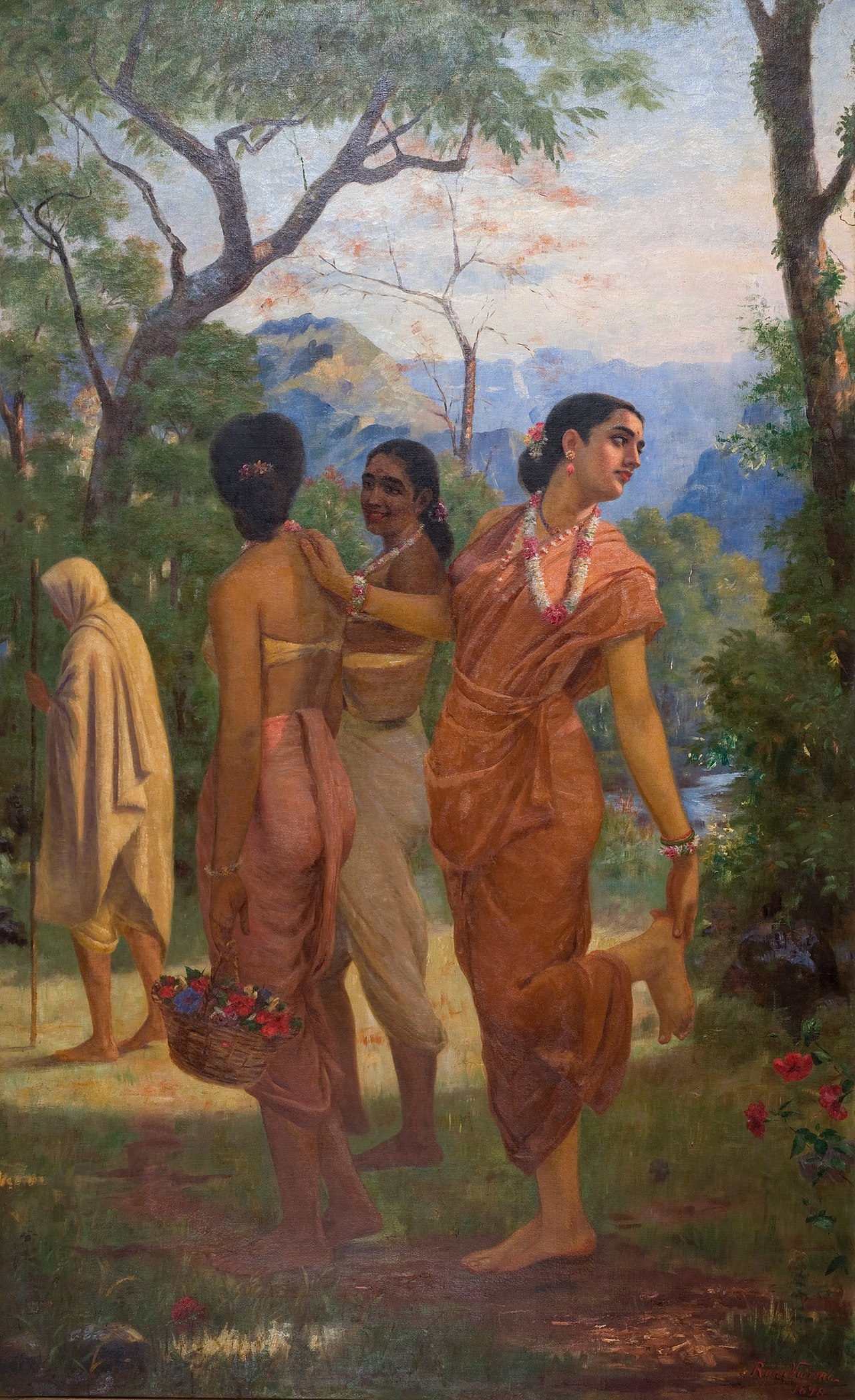
Article by EIH Researcher and Writer
Ankana Das
Delhi, the national capital of India co- exists with an overwhelmingly rich historical as well as archaeological expanse. It stands witness to not only a cultural history dating back to the 14th century and more, but also remains from allegedly pre- historic times. The entire city is cradled within the rocky ridges of the Aravali, that leaves a distinct mark in nooks and corners of modern-day establishments around it.
The southern ridge of Delhi, spread out over present day JNU- Mehrauli- Mahipalpur is one such area. Especially interesting is how the entire architecture of the Jawaharlal Nehru University is built around the extensive ridge, while keeping its ecological and archaeological vestiges intact. The 400 hectare campus presently is home to more than 200 species of birds, and many exotic mammals like the Asian antelopes, the golden jackal, etc. The architecture, done by Sir Basil Spence is carefully erected in a way so that its encroachment on the flora is at the minimum, where the defining criteria of the institution are its ‘waste spaces’ or ‘open spaces’ and not the boring brick buildings. In fact, there are regions which does not support architecture at all. One such area is the cavernous region, situated towards the southern region of the campus, popularly known as the JNU caves. Navigating the terrain without a seasoned guide is quite impossible, so the mountaineering club of the University conducts tours of the caves for enthusiastic participants a couple of times in the year. Other times, it is scarcely populated by nature and adventure lovers who hike to the caves to relish the serenity it offers.
Getting lost in the numerous jungle trails is a part of the process to get to the caves, during which one is bound to come across perhaps a passing pack of foxes or a family of Nilgai. Before you actually reach the caves, you will have to walk for around half an hour from the last available concrete road through a grassland. It is here, where you will meet the keeper of the caves, an intimidating skull of a Nilgai hung perilously on the branches of an Arjun tree. It possesses an exceptionally commanding presence. It attests you before it, and at the same time repels you. At this point, it is irrelevant to dig into who hung it there or for what purpose, but let us assume it is the Keeper of the Caves? Visitors often pose with the skull in the background, and lately it serves as a direction indicator.
The way down to the cavernous area is a tricky one, but once in there, it opens a whole new world altogether. Canopies of large trees allows just the right amount of light and darkness to play through. The red and sandy walls of the caves, the sweet songs of birds, the flutter of leaves, the sound of animals passing by, together creates a harmonious balance of lofi that we otherwise desperately look for on the internet. The environment is bound to make you forget the fact that you are in an educational institution and not in a temperate forest. Once done with the soaking in of the caves, one can exit the area from a different route than which they’ve come. The walk back is equally pleasurable and challenging.
A visit to the JNU caves can undoubtedly transport a heavy soul and a tired body to a peaceful realm of self-realisation and peace. But to embark on a journey to the caves, one must keep in mind an essential checklist. Comfortable, yet sturdy clothes and shoes are a must, full battery backup in your smartphone (though in some parts the internet gives away), and a minimum of four to five hours’ time before sundown, and most importantly, good company of friends who you completely trust on. Presently, you need an acquaintance from the institute to get you through the gates, and also to show you around the caves. A mild warning that is indispensable with this article is that, many people in the past have lost their lives trying to climb up the walls of the caves. This is to emphasise on the darker side of the experience. If you indeed plan to go there, make sure you go with people whose direction sense you trust, and more importantly, someone who will acknowledge the Keeper the caves.
References:
October 2018. JNU’s Rocking Pre- Historic Legacy. The Hindu. https://www.thehindu.com/news/cities/Delhi/JNUs-rocking-pre-historic-legacy/article13377963.ece
Bhattacharya, N., K. Chakrabarti, S. Gunasekaran, J. Nair, and J.L.K. Pachuau. (2020). JNU Stories: The First 50 Years. Aleph Book Company.




















